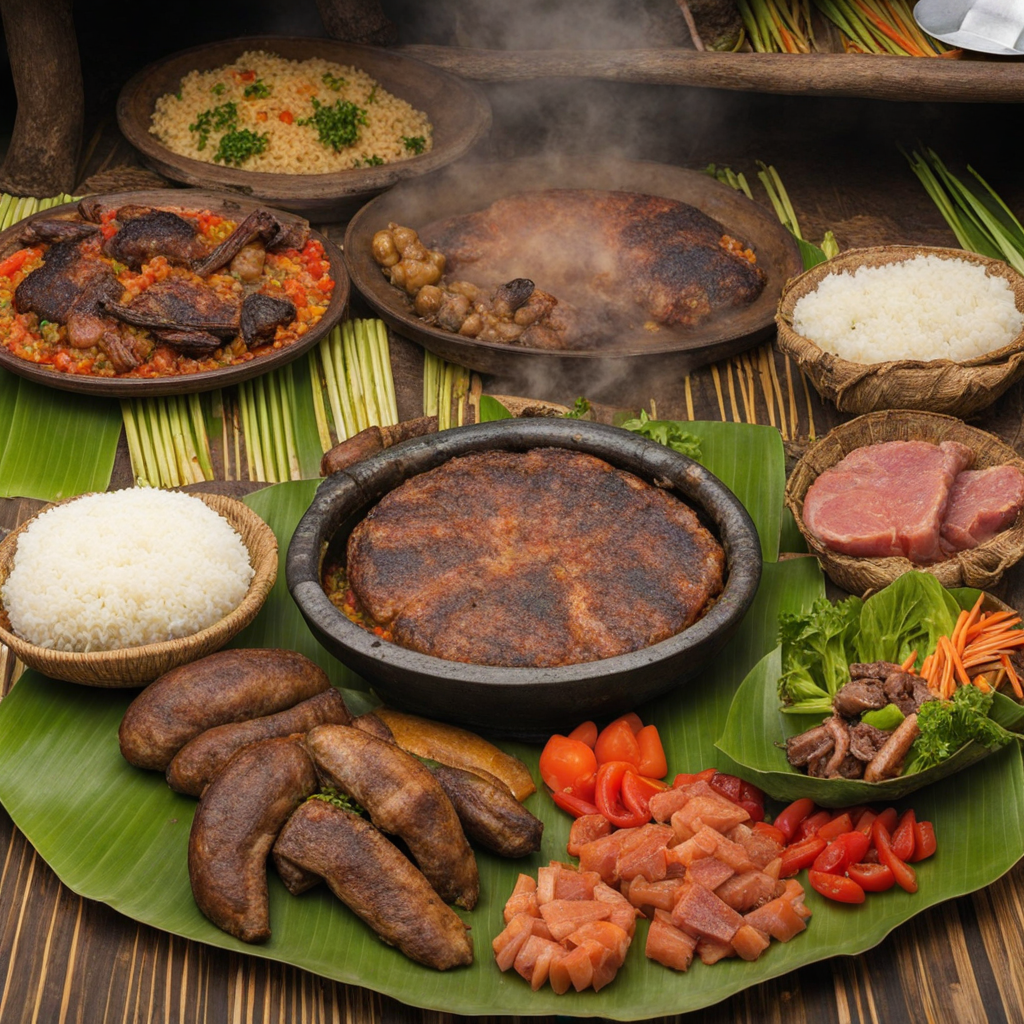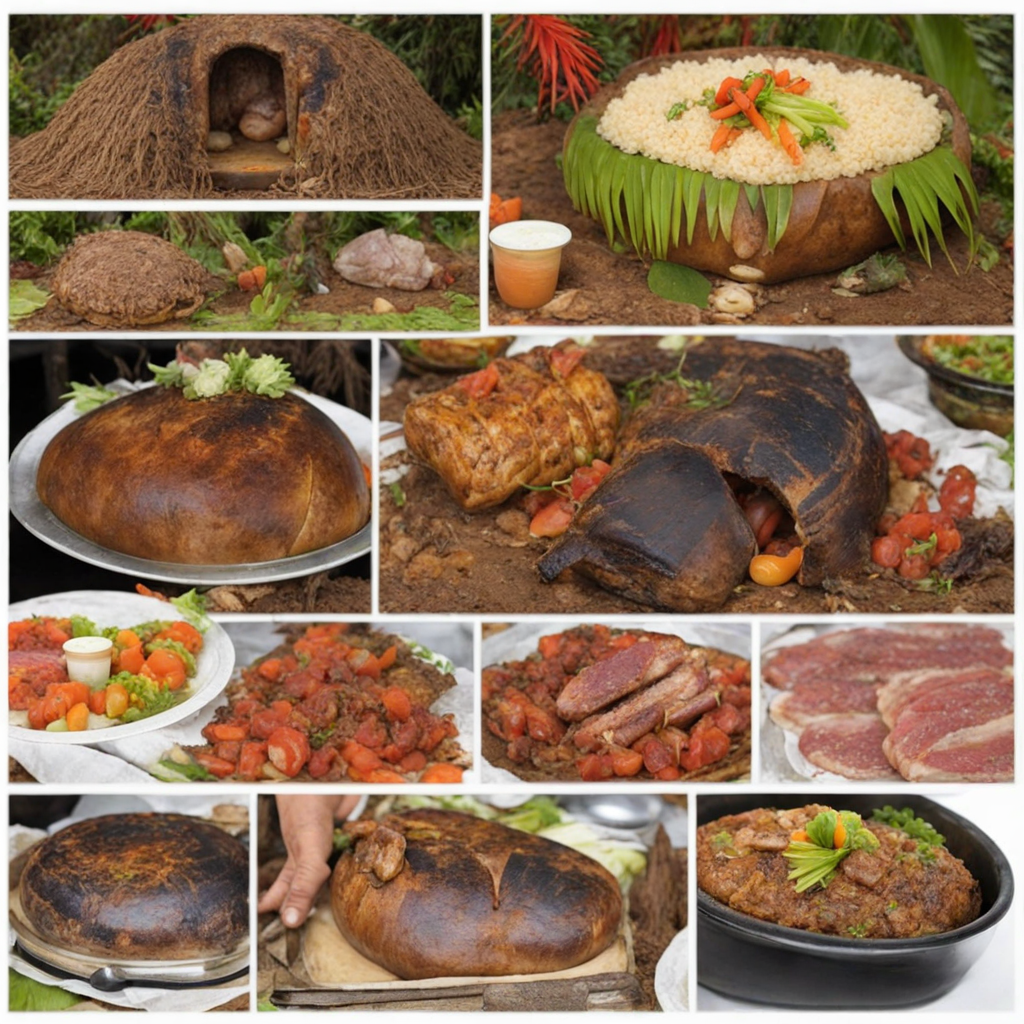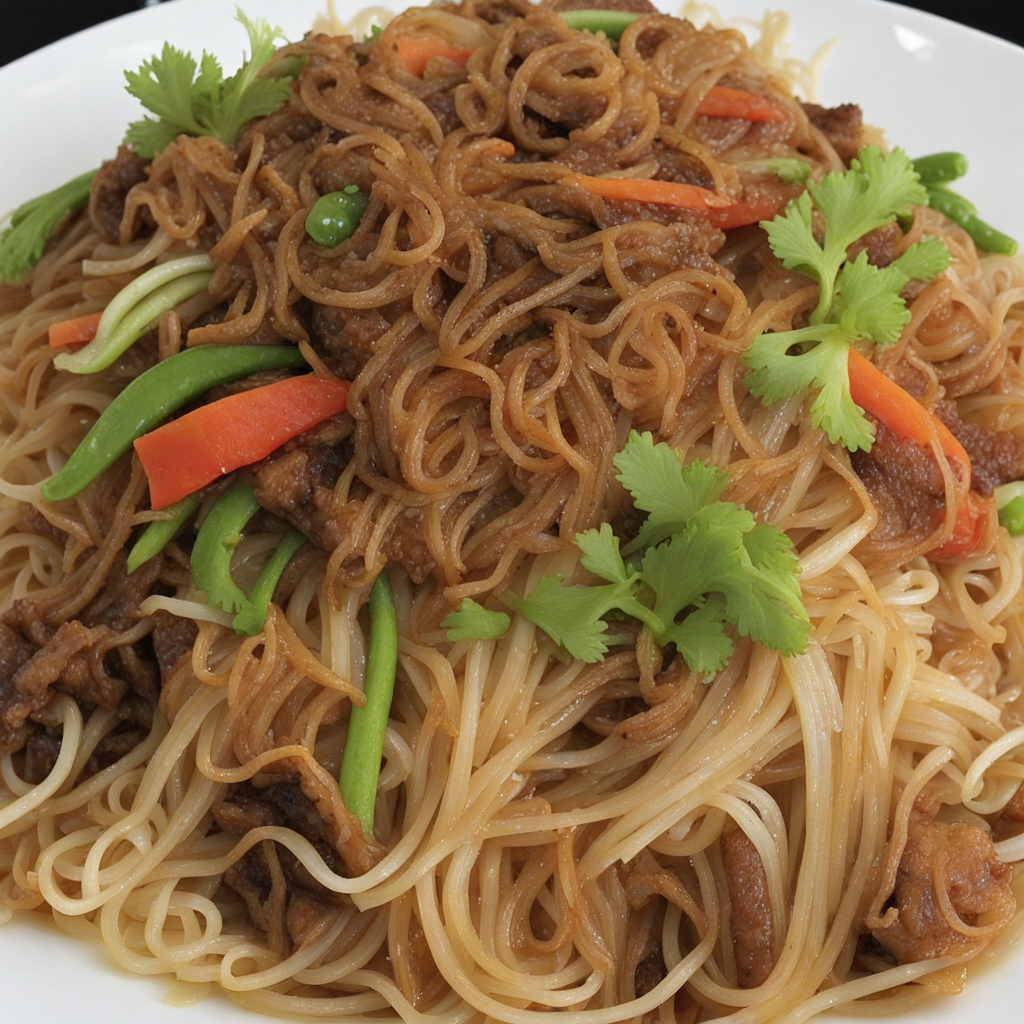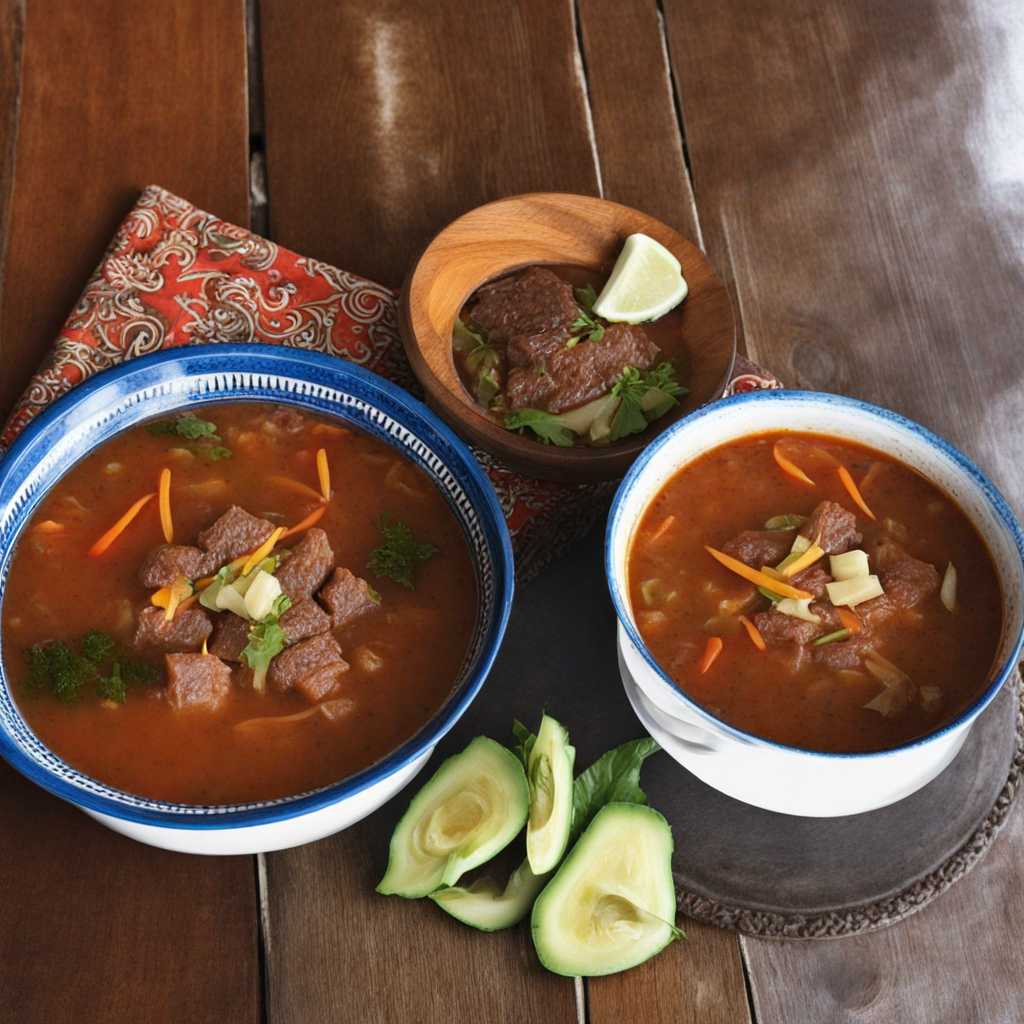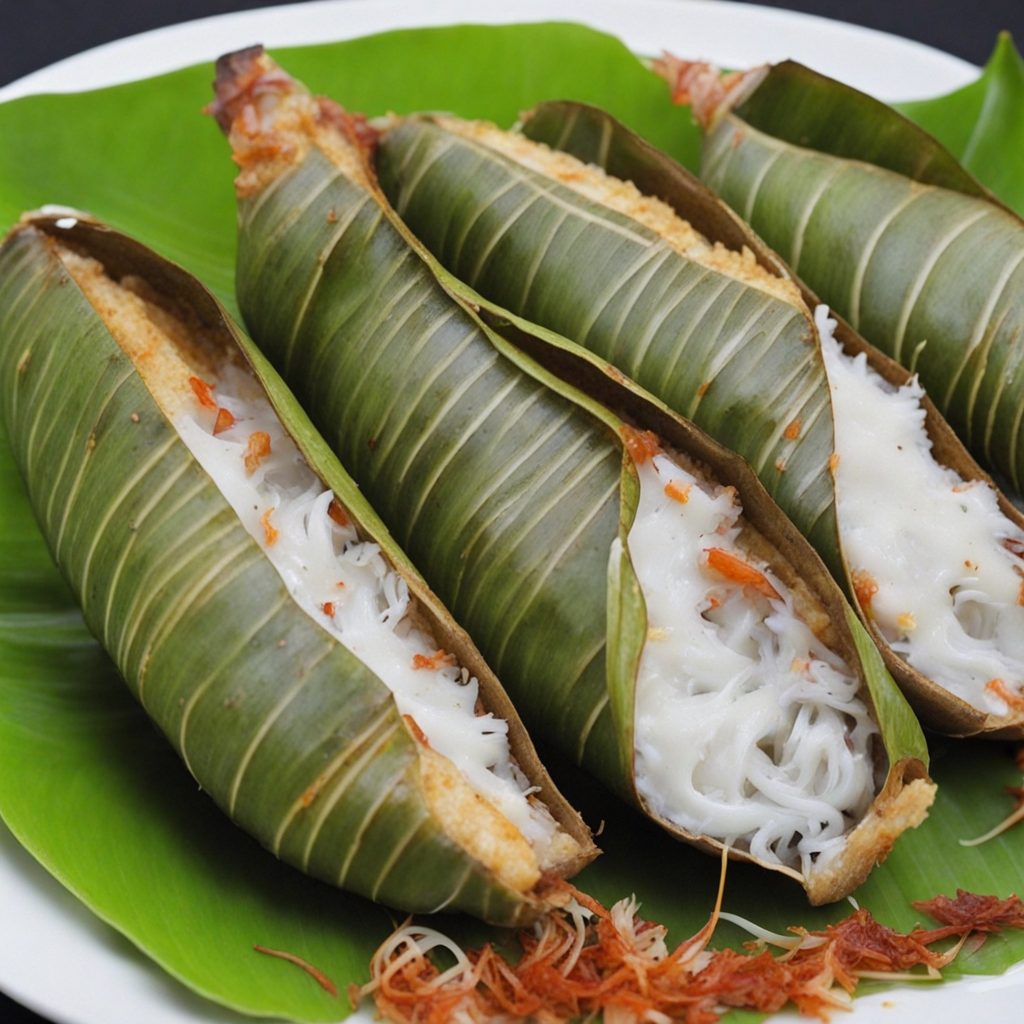Umu
Umu is a traditional Samoan cooking method that embodies the essence of communal dining and the rich cultural heritage of the islands. This unique culinary experience involves the preparation of food in an underground oven, where ingredients such as taro, yams, fish, and pork are wrapped in banana leaves and placed on heated stones. The umu is typically constructed by digging a pit in the ground, filling it with hot stones, and then layering the wrapped ingredients on top before covering everything with more leaves and dirt. The slow cooking process allows the flavors to meld beautifully, resulting in tender, smoky, and aromatic dishes that are deeply satisfying and flavorful. When you uncover an umu, the aroma that wafts through the air is intoxicating, filled with hints of earthiness and the sweet scent of roasted meats and vegetables. Each bite is a celebration of the ingredients’ natural flavors enhanced by the gentle heat of the stones and the moisture retained by the banana leaves. The combination of textures—from the soft, creamy taro and yams to the succulent, juicy pork—creates a delightful contrast that makes every mouthful an adventure in taste. The umu is often enjoyed as part of a larger feast, bringing together family and friends to share in the bounty of the land and sea. Umu not only showcases the flavors of Samoa but also represents the spirit of community and tradition. It is common to see families and friends gather around the umu, sharing stories and laughter while eagerly awaiting the meal. This social aspect of dining makes umu a cherished experience, as it’s not just about the food but the connections made and memories created around the table. For anyone looking to explore a new taste, umu offers a rich, hearty, and authentic flavor of Samoan culture that lingers long after the last bite.
How It Became This Dish
The Umu: A Culinary Tradition of Samoa #### Origins of the Umu The umu is a traditional Samoan cooking method that dates back thousands of years, deeply embedded in the fabric of Samoan culture and life. This ancient technique involves cooking food in an underground oven, utilizing hot stones and natural vegetation, and it is believed to have been adapted by the Polynesians who settled in Samoa around 3,000 years ago. The word "umu" itself translates to "oven," and the method has remained relatively unchanged through the centuries, reflecting the resilience and continuity of Samoan cultural practices. The umu's origins can be traced to the Polynesian way of life, where the use of natural resources was paramount. Early Samoans utilized volcanic stones that retained heat well, allowing them to cook food efficiently. The method is not only practical but also eco-friendly, relying on the earth's natural heat and minimizing the need for modern cooking appliances. As such, the umu embodies a harmonious relationship between the Samoan people and their environment. #### Cultural Significance The umu is more than just a cooking technique; it is a symbol of community, family, and cultural identity. The preparation of an umu is often a communal event, bringing together family members and friends to share in the labor and the joy of cooking. It is commonly associated with feasts, celebrations, and significant gatherings, such as weddings, birthdays, and cultural ceremonies. During the preparation of an umu, participants engage in a collaborative effort that fosters social bonds and reinforces communal values. The process begins with gathering the necessary ingredients, which often include taro, sweet potatoes, breadfruit, and various meats, such as pork, chicken, or fish. The food is typically marinated in coconut cream and seasoned with local herbs before being wrapped in banana leaves for cooking. The gathering of materials and the cooking process itself become a ritualistic experience. The umu is traditionally heated with firewood, and once the stones are hot, they are placed in a pit, followed by layers of food and more stones. Banana leaves are used to cover the food, then soil is placed over the top to trap the heat. This method ensures that the food steams effectively, resulting in tender, flavorful dishes. In Samoan culture, the umu embodies the concept of fa’a Samoa, or the Samoan way, which emphasizes respect for tradition, family, and the land. It is also a means of passing down cultural knowledge from one generation to the next, as children learn the intricacies of the umu from their elders. #### Development Over Time While the umu has remained a steadfast element of Samoan culinary tradition, it has also evolved over time, adapting to modern influences while retaining its core principles. The introduction of new ingredients and flavors from international cuisines has enriched the umu experience. For example, today, it is not uncommon to find fusion dishes that incorporate elements from Asian or Western cuisines, reflecting the globalization of food practices. The umu has also gained recognition beyond the shores of Samoa, with Samoan communities around the world continuing to uphold the tradition. In diaspora communities, the umu serves as a culinary anchor, a way to maintain cultural ties and share their heritage with future generations. Festivals, cultural gatherings, and food events often feature the umu, showcasing the rich flavors of Samoan cuisine and the communal spirit of its preparation. Moreover, the umu has become a point of cultural pride for Samoans, both at home and abroad. It is a way to celebrate identity and heritage, especially in the face of modernization and globalization. The cooking method has been featured in various culinary competitions and showcases, drawing attention to the artistry and richness of Samoan cuisine. #### The Umu in Contemporary Samoa Today, the umu remains a vital part of Samoan life, particularly during public holidays and traditional celebrations. Events such as Independence Day and the annual Teuila Festival highlight the umu, with chefs and families competing to showcase their skills and the depth of their culinary heritage. In contemporary Samoa, the umu is also seen as a sustainable cooking method in an era increasingly focused on environmental consciousness. The practice resonates with movements advocating for locally sourced food and sustainable living, as it requires minimal resources and utilizes local ingredients. Furthermore, the communal aspect of the umu fosters a sense of belonging and community, reminding Samoans of their roots and the importance of shared experiences. While modern conveniences have made cooking more accessible, the umu offers an experience that cannot be replicated. The flavors of food cooked in an umu are distinct, with a smokiness and tenderness that comes from the steam and heat trapped within the earth. Many Samoans believe that food cooked in an umu tastes better due to the love and effort put into the preparation and the communal experience surrounding it. #### Conclusion The umu is not merely a method of cooking in Samoa; it is a cultural emblem that weaves together history, community, and identity. Its origins reflect the ingenuity of the Samoan people, while its continued significance underscores the importance of tradition in a rapidly changing world. As the umu evolves and adapts to modernity, it remains a powerful symbol of the Samoan way of life, embodying the spirit of camaraderie, sustainability, and cultural pride that defines this beautiful Pacific nation. In every gathering centered around the umu, there is a celebration of the past, a nurturing of community ties, and a reaffirmation of identity, making it an enduring and cherished tradition that will likely continue for generations to come.
You may like
Discover local flavors from Samoa


